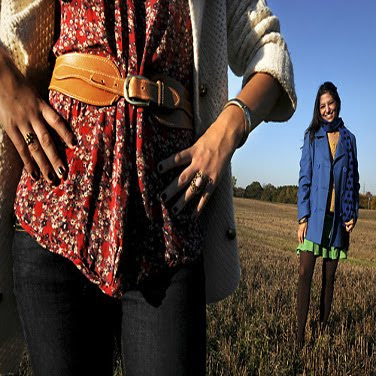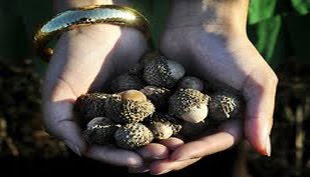1920' dresses








*Apparently Egyptian cotton is grown in Texas.
*Thread Count is the actual amount of threads per area,times the amount of times that area is repeated in the fabric.
*Fashion design is needed for everyday life. Not only are clothes manufactured, but also seat belts, flame resistant seats in airplanes, water resistant fabics, anti-bacterial fabric for hospitals, etc. The list goes on, and shows how vital this industry is in our daily lives.
*Some new findings in the fashion world are garments made from bamboo and pinapple.Fashion is also "going green" as our society is.
*Angora clothing is made from the Angora rabbit not the Angora goat.
* If you are looking for breathable clothing choose ones made from cotton, wool, and rayon ... not nylon, polyester nor olefan.
* Silk may be pretty and expensive but raw silk is stinky :P






0 comments:
Post a Comment